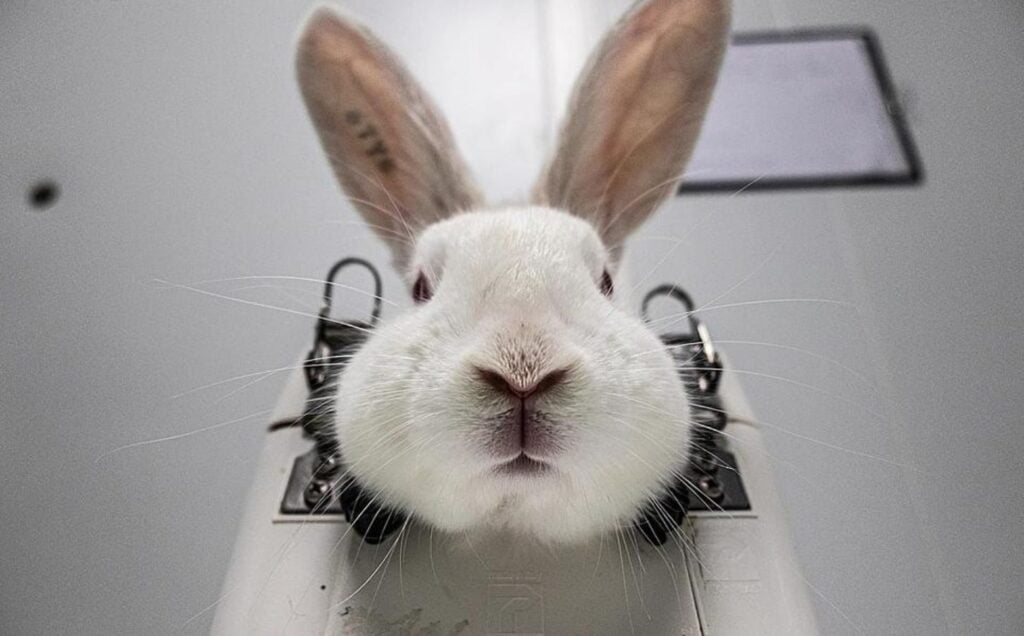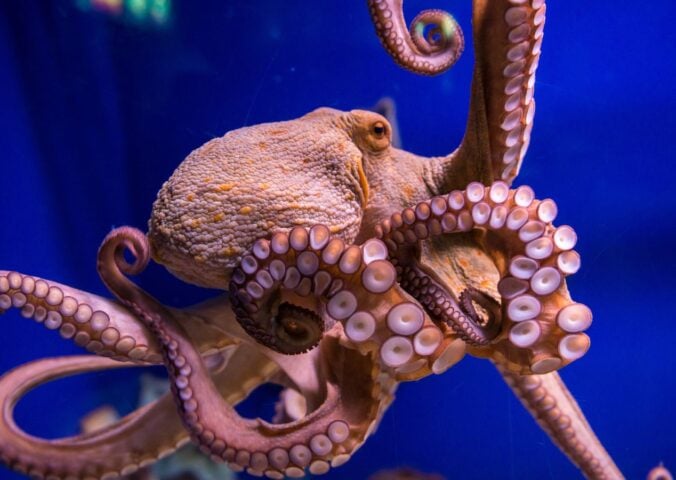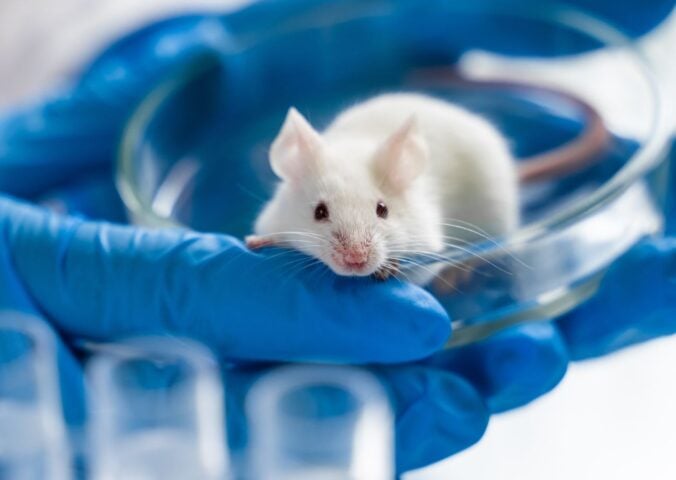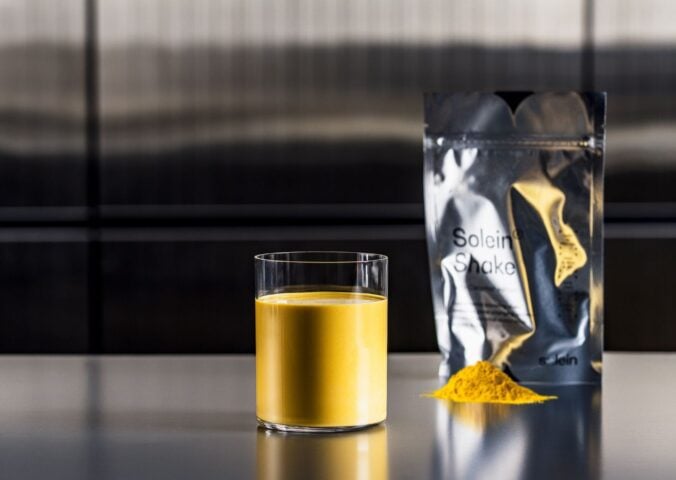While there is growing public awareness of the horrors of animal testing and experiments, it remains one of the most hidden industries in the world. For decades, non-human animals have been abused, tortured, and killed in the name of science. Yet most of the world’s human population has little to no idea what’s happening behind laboratory doors.
Industries that use such experiments are often able to do so in secret, and there tends to be minimal regulation or ethical protections for animals.
Today (April 24) is World Laboratory Day, a day to commemorate the hundreds of millions of animals condemned to suffer in silence in research labs all over the globe.
Jo-Anne McArthur is a photojournalist for We Animals Media. She dedicates her life to shining light on hidden animals, including those used in tests. Here, she shares some of the organization’s most powerful photographs depicting these “lab” animals, as well as what she’s learned about the industry.
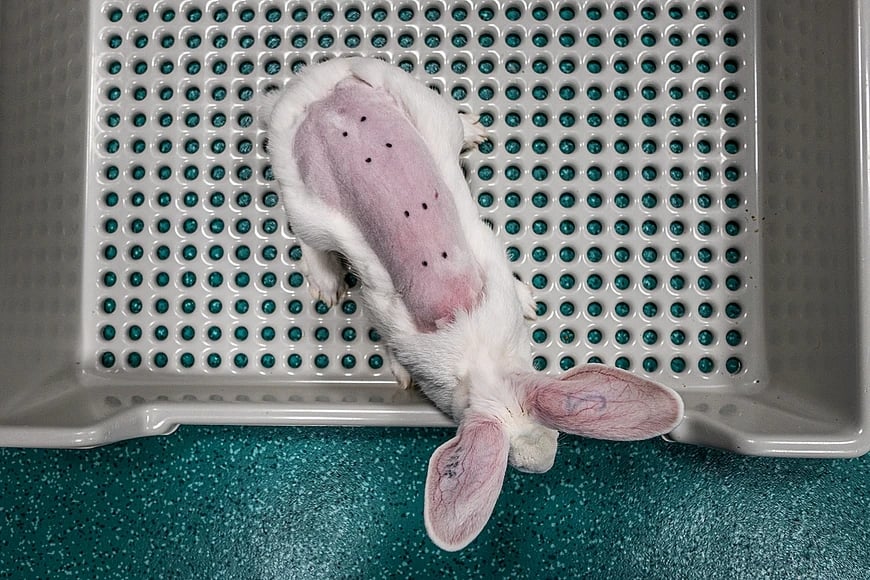
Why are animals used for tests?
Animals are used in a wide variety of tests, including for cosmetic, pharmaceutical, academic, and military research. It’s thought that more than 115 million animals are used for experiments around the world each year.
“Researchers use them to test the safety of a product, substance or drug; to test whether a drug has a desired effect; to test theories and ideas about how live bodies react to certain stressors; or even to train veterinary students on procedures,” McArthur says.
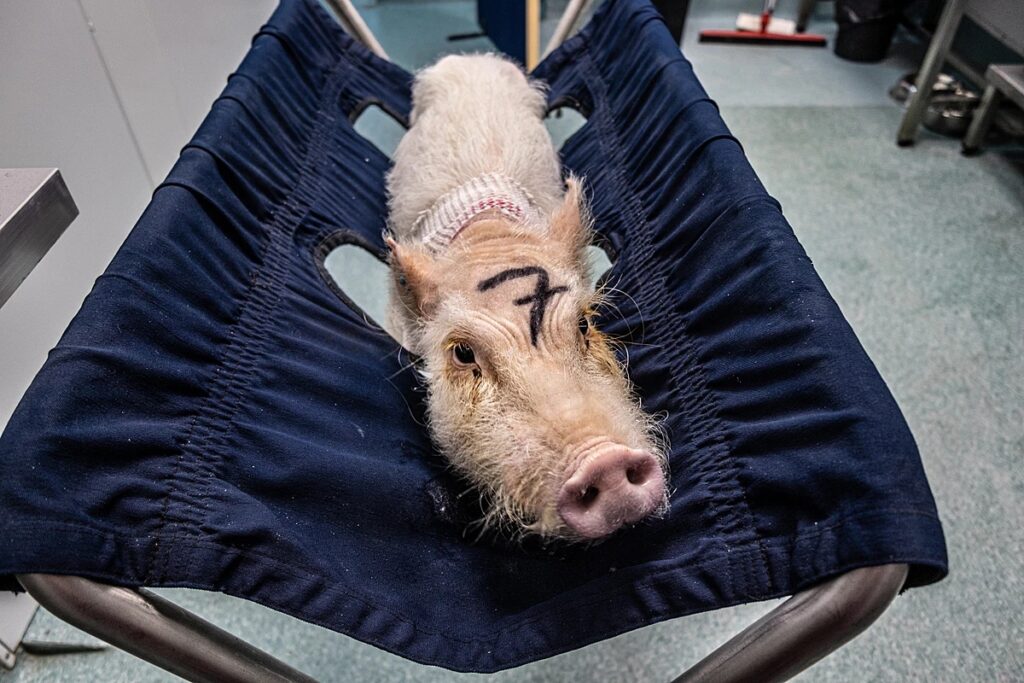
Many animal tests are done purely for research papers, but some are required by law. A key example of the latter is those for pharmaceuticals. In the UK, all new drugs have to be tested on two mammals (a rodent and non-rodent) before human trials.
Some countries, including the US, have made recent steps to move away from such mandatory testing.
What animals are used for animal tests?
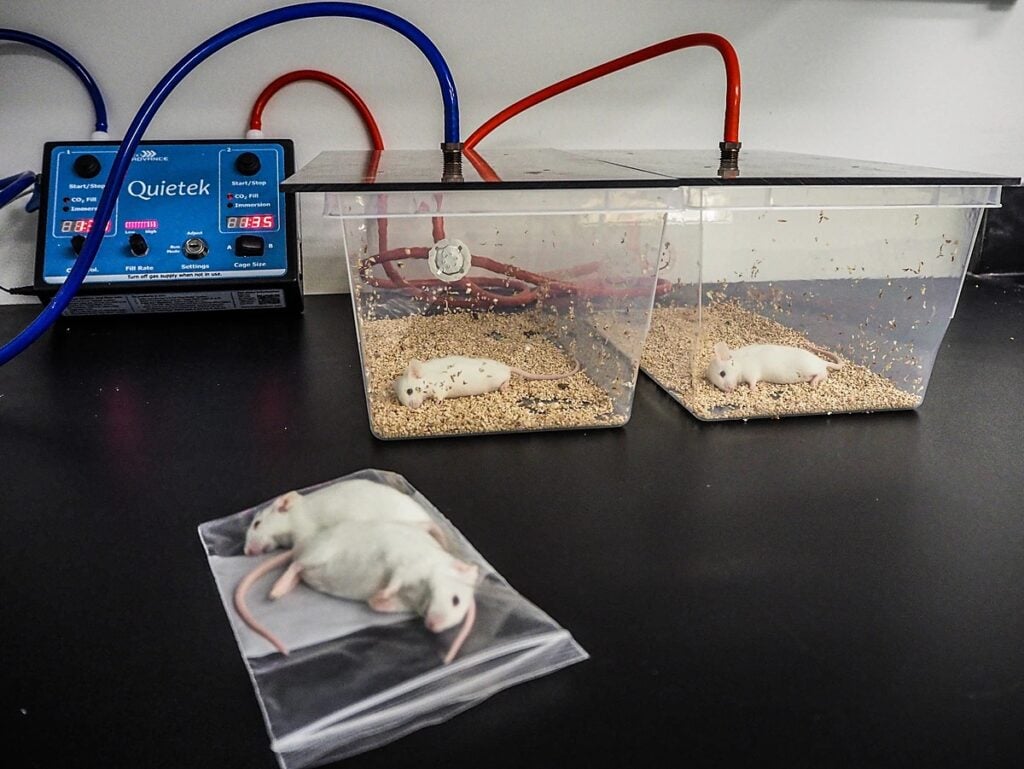
A number of different species are used in experiments. While most people are aware that rodents like mice and rats are common, many may not realize the wide variety of animals used. Pigs, horses, snakes, primates, cows, owls, and sheep are just a few examples. Dogs are also a popular testing animal, with beagles being particularly prevalent due to their calm demeanor.
“Most often the animals in labs are the ones people think of as pets,” says McArthur. “So a tight lid is kept on these tests for the sake of public relations.”
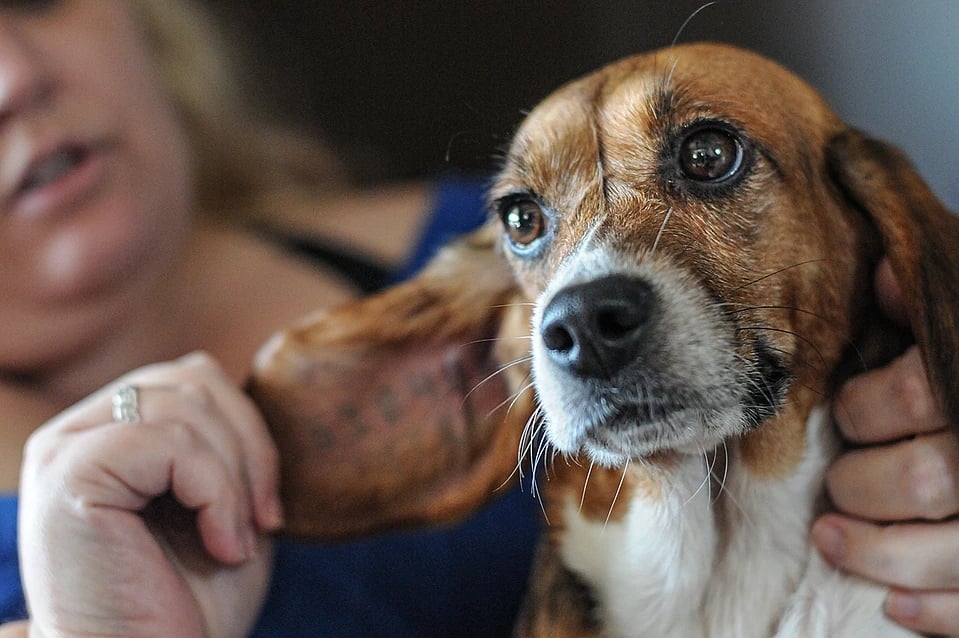
Why is animal testing hidden?
Animal-based research tends to be kept under a veil of secrecy. While experiments are in theory regulated, there is actually very little chance that cruelty or welfare breaches will be exposed.
Experiments happen behind closed doors, meaning the public largely has little idea of what researchers are actually doing to the animals.
“The public generally doesn’t have access to science labs and research facilities have no motivation to show the public how they use animals,” says McArthur.
“Many companies are simply doing the testing they feel they need to do, or are even required legally to do, but it’s also true that corporations and science labs don’t want images leaked from these places because people will not be happy with how animals are tested, which can lead to protests and compromise funding.”
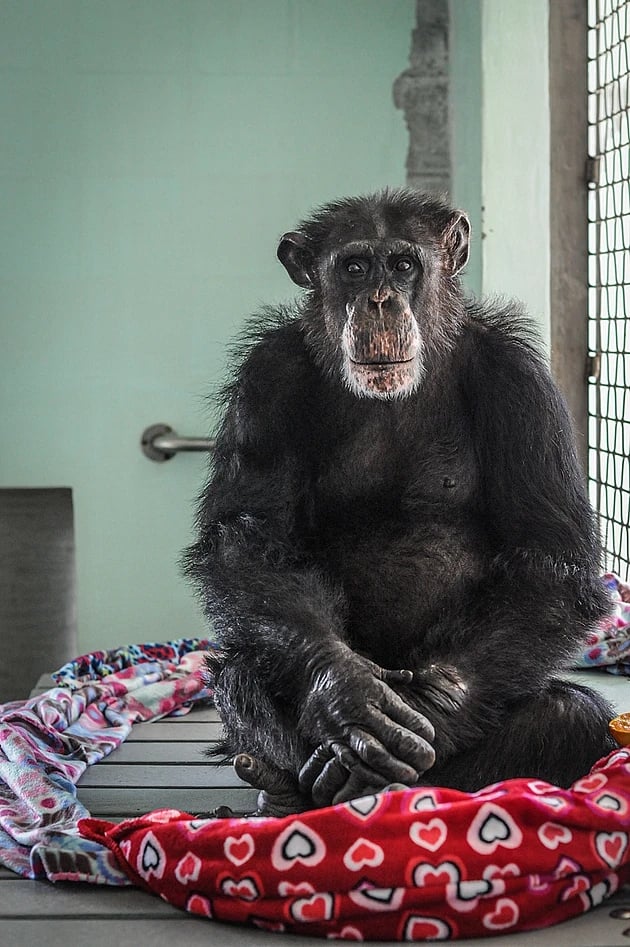
Cruelty in research labs
The methods of animal tests are varied and depend on the industry, but campaigners have long argued that even “mild” experiments can cause significant psychological and physical stress to animals. Tests tend to inflict significant pain on animals, and they almost always end in death or euthanasia.
“Researchers will poison animals to determine whether humans might also be poisoned,” McArthur says. “They will inflict spine or brain injuries onto mice and record how they subsequently behave; they will get rats addicted to drugs to monitor withdrawal symptoms; they will breed genetically engineered rodents to grow tumors in order to study them.”
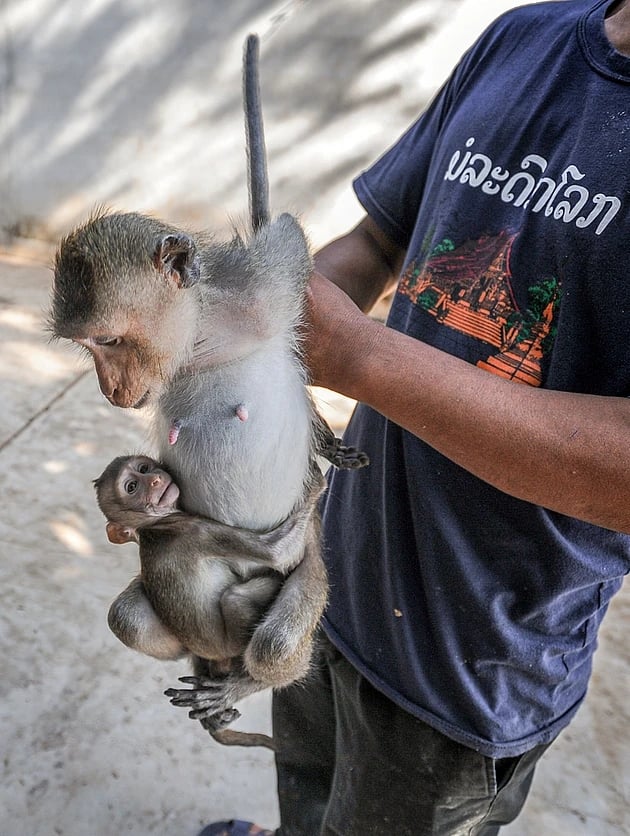
Does animal testing work? Are there any alternatives?
Many animal tests, particularly those done for cosmetics and some research purposes, are hugely controversial among the general population. Animal testing for pharmaceuticals, however, is widely accepted by the public, often deemed a necessary evil and essential for human healthcare.
But some experts have pointed out that animal tests for pharmaceuticals are often largely inefficient, as well as cruel.
A 2014 review published in the BMJ (British Medical Journal) stated: “Several studies have shown that even the most promising findings from animal research often fail in human trials and are rarely adopted into clinical practice.”
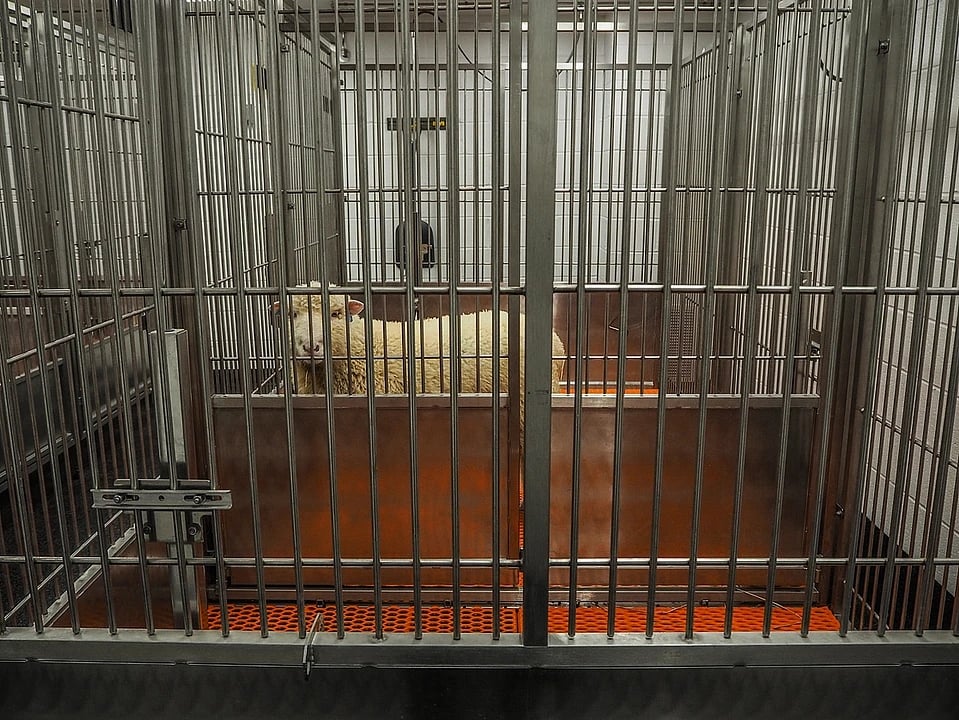
According to Cruelty Free International (CFI), around 90 percent drugs that deliver promising results during animal tests go on to fail in human trials.
Alternatives to animal testing, as outlined by CFI, include:
- Cell cultures (where human and animal cells are grown in a laboratory)
- Human tissues (healthy and diseased tissues taken from human volunteers)
- Computer models (replicating aspects of the human body on a computer)
- Volunteer studies (where human volunteers are studied safely due to advances in technology)
